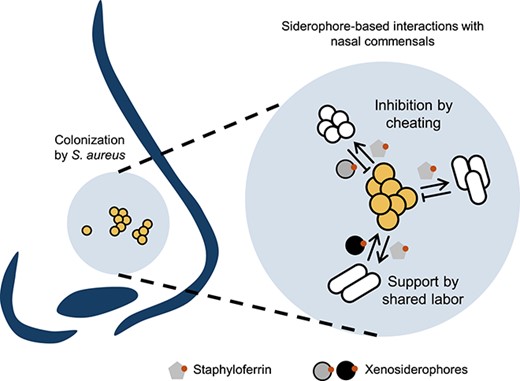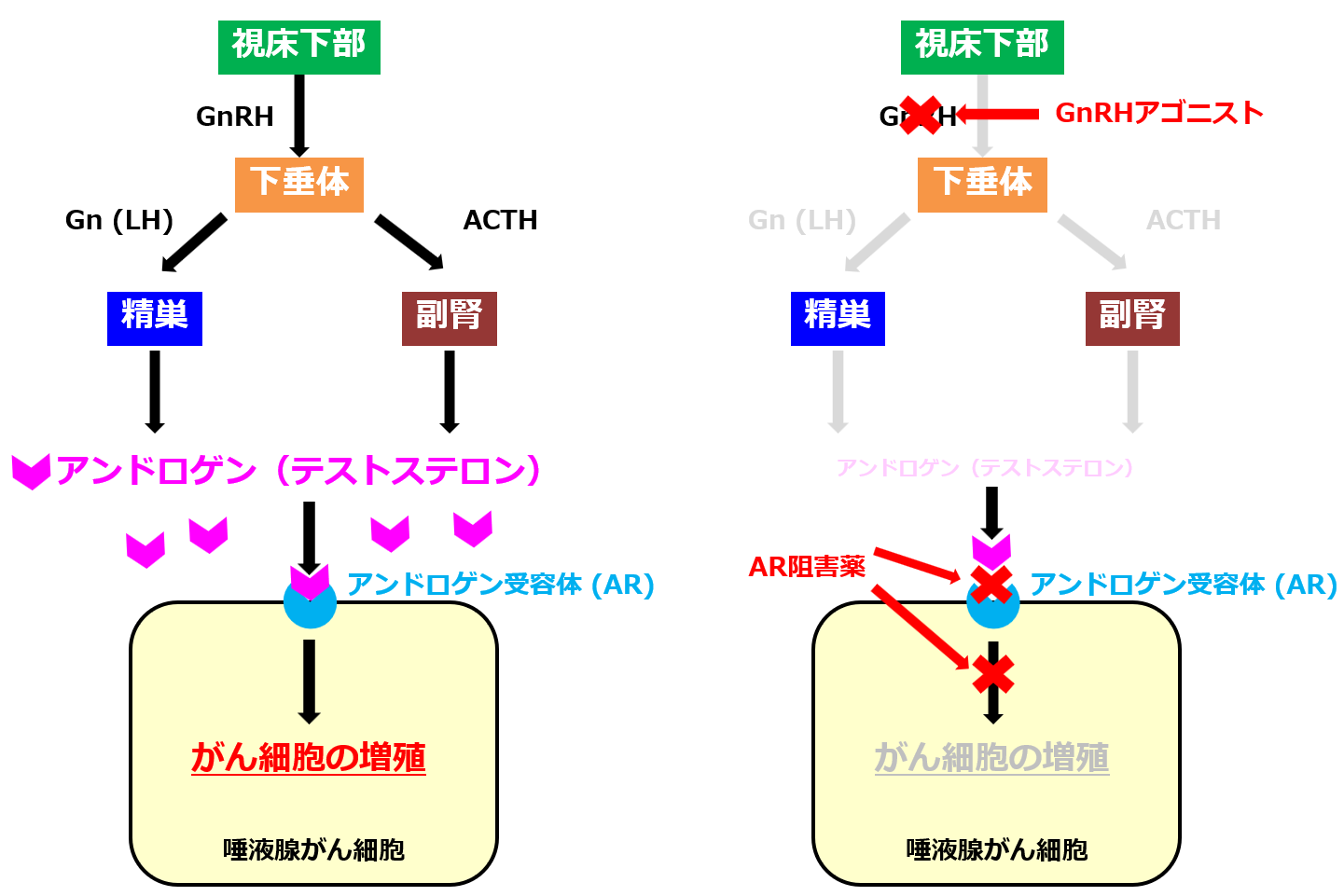2024-08-05 ミュンヘン大学(LMU)
<関連情報>
- https://www.lmu.de/en/newsroom/news-overview/news/nasal-microbiome-depriving-multi-resistant-bugs-of-iron.html
- https://academic.oup.com/ismej/article/18/1/wrae123/7710803
鼻腔内常在菌はシデロフォアの利用可能性を制限することで黄色ブドウ球菌の増殖を抑える Nasal commensals reduce Staphylococcus aureus proliferation by restricting siderophore availability
Yanfeng Zhao, Alina Bitzer, Jeffrey John Power, Darya Belikova, Benjamin Orlando Torres Salazar, Lea Antje Adolf, David Gerlach, Bernhard Krismer, Simon Heilbronner
The ISME Journal Published:11 July 2024
DOI:https://doi.org/10.1093/ismejo/wrae123

Graphical Abstract
Abstract
The human microbiome is critically associated with human health and disease. One aspect of this is that antibiotic-resistant opportunistic bacterial pathogens, such as methicillin-resistant Staphylococcus aureus, can reside within the nasal microbiota, which increases the risk of infection. Epidemiological studies of the nasal microbiome have revealed positive and negative correlations between non-pathogenic species and S. aureus, but the underlying molecular mechanisms remain poorly understood. The nasal cavity is iron-limited, and bacteria are known to produce iron-scavenging siderophores to proliferate in such environments. Siderophores are public goods that can be consumed by all members of a bacterial community. Accordingly, siderophores are known to mediate bacterial competition and collaboration, but their role in the nasal microbiome is unknown. Here, we show that siderophore acquisition is crucial for S. aureus nasal colonization in vivo. We screened 94 nasal bacterial strains from seven genera for their capacity to produce siderophores as well as to consume the siderophores produced by S. aureus. We found that 80% of the strains engaged in siderophore-mediated interactions with S. aureus. Non-pathogenic corynebacterial species were found to be prominent consumers of S. aureus siderophores. In co-culture experiments, consumption of siderophores by competitors reduced S. aureus growth in an iron-dependent fashion. Our data show a wide network of siderophore-mediated interactions between the species of the human nasal microbiome and provide mechanistic evidence for inter-species competition and collaboration impacting pathogen proliferation. This opens avenues for designing nasal probiotics to displace S. aureus from the nasal cavity of humans.


